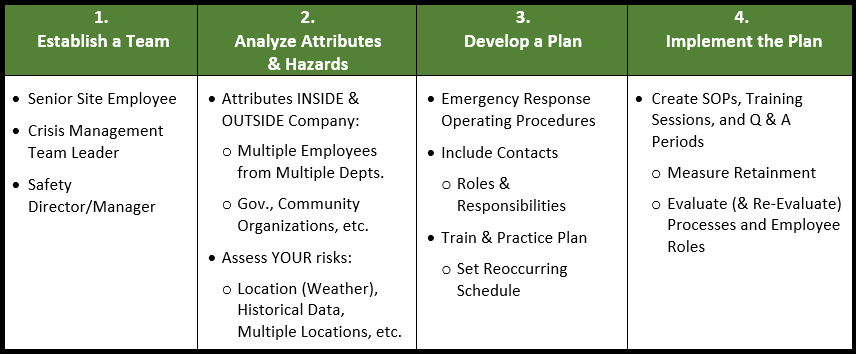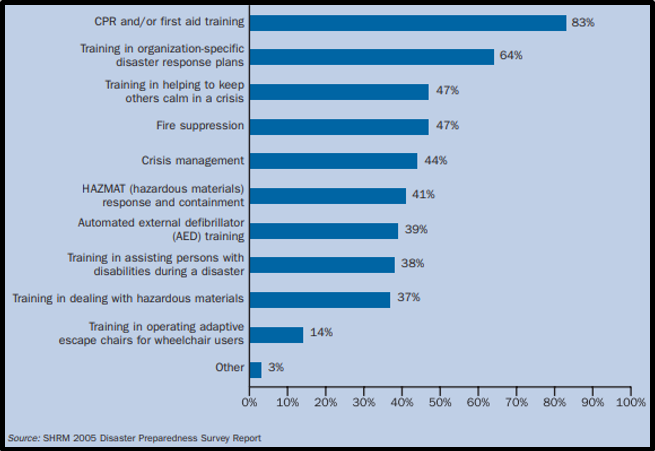Crisis MANAGEment Plans:
Form VS. Function

If your business was to face a natural disaster, workplace violence, union strike, or any of the many other potential disasters that could affect your business running smoothly day-to-day, would you be able to bounce back, or better yet, even feel the affects of the crisis, itself? When you really think about it, it is kind of a tall feat for even the largest of companies; having almost endless supplies to resources and cashflow.
Remaining stagnant, allowing business to meander night and day is a fool’s game. As a business professional, safety professional, (you fill in the blank), we have a moral obligation to our employees first and foremost. But what if the crisis doesn’t necessarily impact employees directly? See what I mean? The very idea of a crisis can get very convoluted, very quickly. Having a concise and strong crisis management plan will not only prove that you care about the livelihood of your workforce, but the longevity of your company.
So how will you be able to solve this “Da Vinci Code” of communication, organization, execution, while continuing business?
Let’s keep things simple, without taking the breadth away from our primary goal…OVERALL safety. Form VS. Function is in the ring. But we want them both to “win” (i.e. – split-decision). Too much of Form and you have no action, no follow-through, no confidence. Too much Function and your workforce has no formal direction, leaving them interpreting company standards and procedures.
Below you will find a basic, step-by-step chart in constructing your company’s
Crisis Management Plan:

So, we now have this 4-step plan that should theoretically prepare our company. Right? Well, you need action. Remember earlier, Form VS. Function? This idea tends to lean in favor of Form more times than not. ROLE PLAY! Sounds kind of hokey in the workplace, but it is very beneficial. From confined space training to fall prevention and protection training, we have all seen or have been the trainer while witnessing this method. The majority of our industry’s workforce is active during their work functions, daily. Speak to them. Get them moving. In their natural state.
The graph below shows employee training efforts from the SHRM 2005 Disaster Preparedness Survey Report:

Although a little dated, this graph shows the amount of training initiative companies are taking and investing in their workforce. CPR and/or first aid training is at the top of the list. It’s easy. Challenge yourself and your workforce. Otherwise, don’t even have a Crisis Management Plan in the first place. I challenge every reader to not only formulate a basic Crisis Management Plan, but put it into ACTION.
Remember the adage “well done is better than well said.” (Nancy R. Lockwood, 2005)

092719
Related Topics: The Consultant's Corner